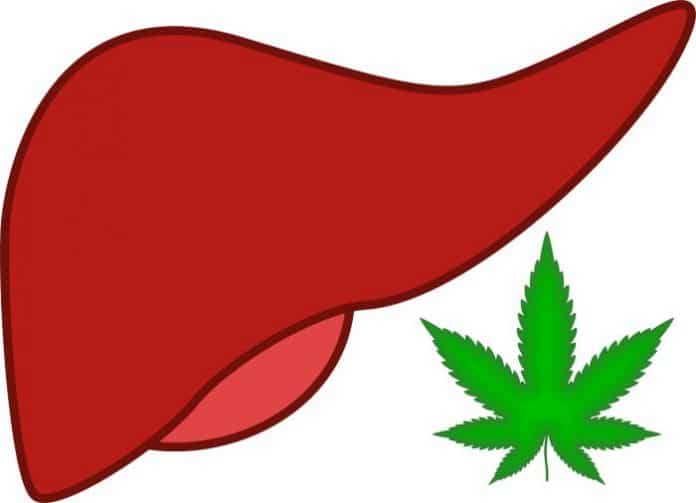New research out of the USA and South Korea points to cannabis having a protective effect against non-alcoholic fatty liver disease (NAFLD).
A fatty liver is most often seen in obese people, those with type 2 diabetes or who consume large amounts of alcohol. Non-alcoholic fatty liver disease is where there is excess fat in the liver of people who don’t consume much alcohol, or any at all.
While its abnormal to have this fat in the liver, it doesn’t damage the organ in many cases. However, in some cases it can become non-alcoholic steatohepatitis (NASH), where the liver may be scarred. This can lead to cirrhosis of the liver; which can be fatal.
According to a 2011 study, non-alcoholic fatty liver disease is the major cause of chronic liver disease in the USA and other Western countries. NAFLD is very common, with a prevalence as high as 30% in the general population.
Researchers at Stanford University in the USA and Seoul National University Hospital in South Korea have arrived at an interesting conclusion after having examined cross-sectional data from the National Health and Nutrition Examination Survey (NHANES) from 2005–2014 and NHANES III (1988–1994).
The researchers found current marijuana use was associated with decreased risk of NAFLD. Furthermore, the lowest prevalence of the condition was among current heavy users of marijuana. Another interesting aspect was that the marijuana users had higher caloric and nutrient intake, plus more soda and alcohol consumption than non-users. While alcohol is well known for contributing to a fatty liver, soda is also suspected as a culprit.
“In this nationally representative sample, active marijuana use provided a protective effect against NAFLD independent of known metabolic risk factors. The pathophysiology is unclear and warrants further investigation,” state the researchers.
The researchers speculate that one of the cannabinoids that may be responsible for the protective effect is cannabidiol (CBD).
“Therefore, non-psychotropic cannabinoid may be a potential candidate for the development of a new class of NAFLD drugs.”
In the paper, they also note recent studies that report the use of marijuana is associated with decreased risk of metabolic conditions such as obesity, diabetes and metabolic syndrome.
The researchers’ findings were recently published on PLOS One – the full paper can be viewed here (PDF).


